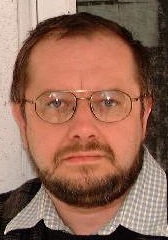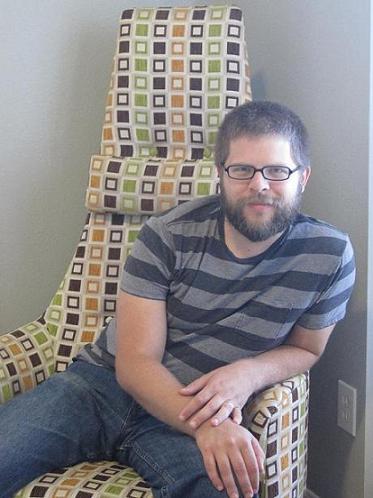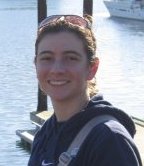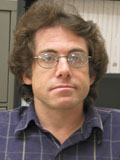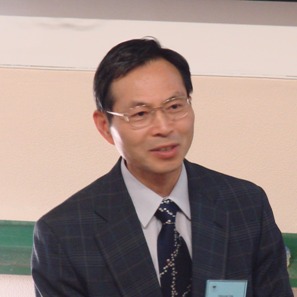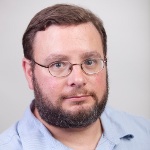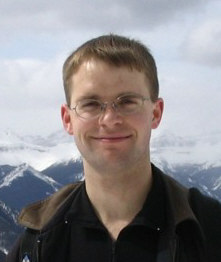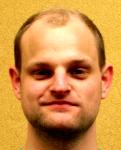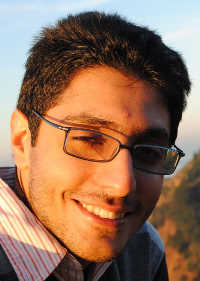Dan Burghelea
Apr
19
2018
1:50PM

An alternative to Novikov-Morse theory from the perspective of topological persistence.
A large class of flows of interest have trajectories minimizing “actions.” Novikov theory extends Morse theory to relate the dynamics of such a generic smooth flow (vector field with a Lyapunov closed one form with Morse zeros) on a closed smooth manifold to the underlying topology of the manifold.
I have proposed an alternative to such theory which weakens the hypothesis (closed manifold, closed Morse one form) to compact ANR, topological closed one form, and is computer friendly based on ‘`topological persistence.’' In this talk I will explain the topology behind this approach and the new invariants involved in.
Tadeusz Januszkiewicz
Apr
24
2018
1:50PM

Tadeusz Januszkiewicz in Smith Laboratory 2186
$k$-regular maps
From topologists perspective $k$-regular maps were introduced by Karol Borsuk in the 1950s: A continuous map from $X$ to $\mathbb{R}^n$ is $k$-regular iff any set of pairwise distinct points in $X$ goes to linearly independent set of vectors. Actually $k$-regular maps were introduced by Chebyshev in XIXth century and studied in approximation and interpolation theory. There is an affine version of this concept, clearly $(k=2)$ related to embeddings. So in analogy with theory of embeddings one may ask: given $X$ and $k$, what is a minimal dimension of $\mathbb{R}^n$ receiving a $k$-regular map from $X$.
This question is interesting even for the case when $X=\mathbb{R}^d$. I will discuss topology used in the lower bounds for $n(d,k)$ and construction of (fairly explicit) $k$-regular maps giving upper bounds on $n(d,k)$.
Crichton Ogle
Apr
24
2018
3:00PM

On the structure of geometrically injective modules indexed by partially ordered sets, Part II





